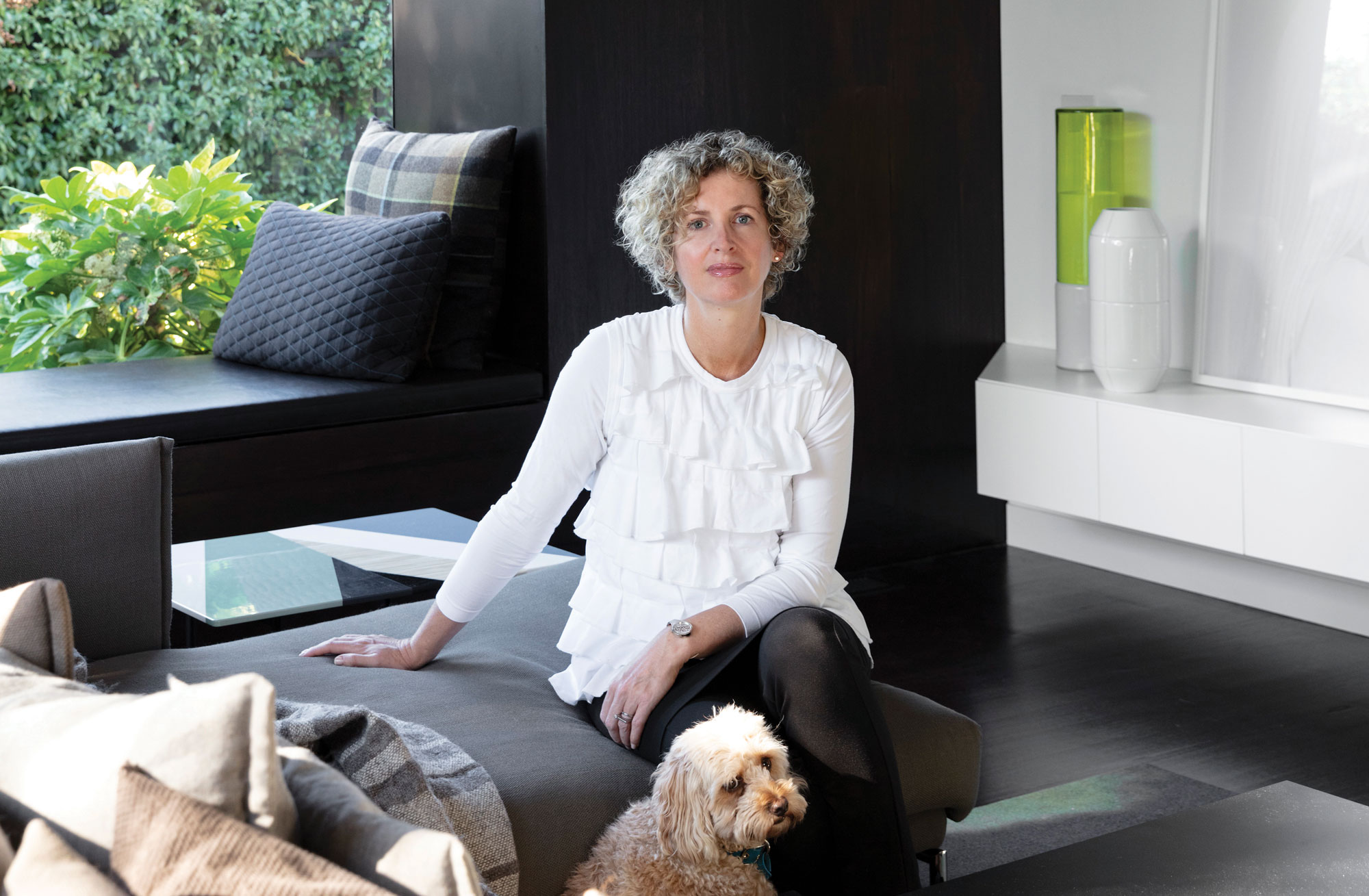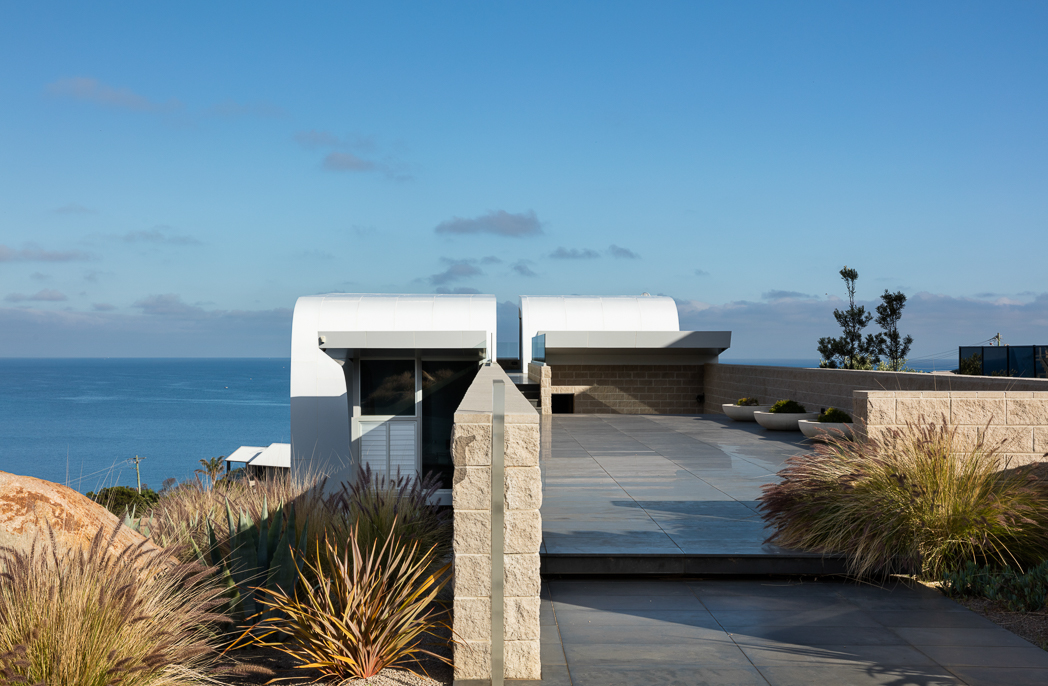
Taking care of business: Charles Wright
Taking care of business: Charles Wright
Share
There are architects who are passionate about their craft, but loathe all the peripherals that go with it, believing that the hours they spend actually running their business is precious time that could be better spent doing what they love and are good at – design.
Charles Wright of Charles Wright Architects (CWA) is not one of those architects. Originally training in fine art at RMIT, he became increasingly intrigued by the discipline of architecture in the third year of his course. And it was its varied facets that really attracted him.
“It was a growing realisation,” he says. “I liked the complexity of architecture; it involved so many fields of discipline. So there was science, technology, engineering, working with people. There was a business acumen side, but most importantly a design and creative component. And I thought it would be a really good fit as to how my mind works.”
It’s no surprise then to hear that, after graduating with first class honours from his architecture course in 2000, he only spent four years working for Lyons Architecture before striking out on his own.
“I was lucky I had an opportunity,” he says. “I’d always had the idea that I wanted to start up my own practice one day. It wasn’t dissimilar to being an artist and working solo in a studio, except that you had that interaction with a lot more people to get the thing done.”
That springboard opportunity was designing a house for family members. The project also took him up to Far North Queensland, which is where he is still based today. The practice is now divided between that studio in Port Douglas and another one in Melbourne.
“The biggest challenge for me is time spent away from my family,” says Wright. “I travel regularly between the two offices, which can at times take a toll physically and mentally.”
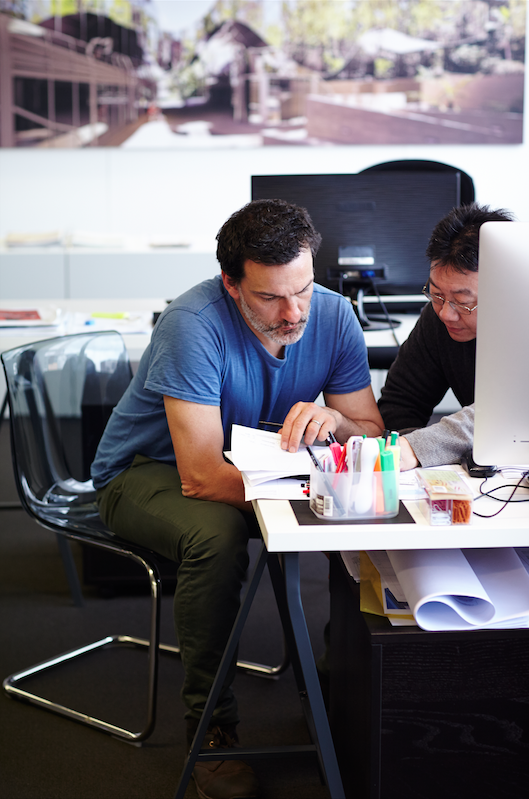
On the plus side he says this does mean CWA is able to service projects all along the eastern seaboard. His travels often include work stopovers at Brisbane, Gold Coast, Sydney and other regional centres.
And then he loves the lifestyle. “I made the decision over 12 years ago to call Port Douglas home – something of a sea change and a curious location to run a successful national practice, but as it turned out it’s the perfect niche market for the kind of work I wanted to do. I really enjoy the tropical climate.
“We currently have six staff across our two locations,” says Wright. “We have a base core of full-time staff, which is complemented by others who work on a contract basis calibrated by the current workload. Given the lean model and the nature of the market, we are ultimately adaptable and very deliberate in the way we can expand and contract in size as required to maintain the quality on all of our projects.”
The business is essentially a family trust, although expansion was always in Wright’s mind, hence the plural in the company name. “The company is a sole directorship structure; however, we do have a hierarchy in practice management with senior staff holding executive roles as principals and associates,” he says. “In some cases, we work on a direct percentage of profit commission basis for projects that senior staff bring into the practice. This model provides for incentive-based promotion with no cap or limit for individual success within the company.”
Despite being a relatively small practice, CWA does all of its modelling and rendering in-house. “The only thing we outsource is printing if required,” says Wright. “The modelling and rendering process is integral to how we design, develop and document projects. It’s not a separate activity that can be outsourced.”
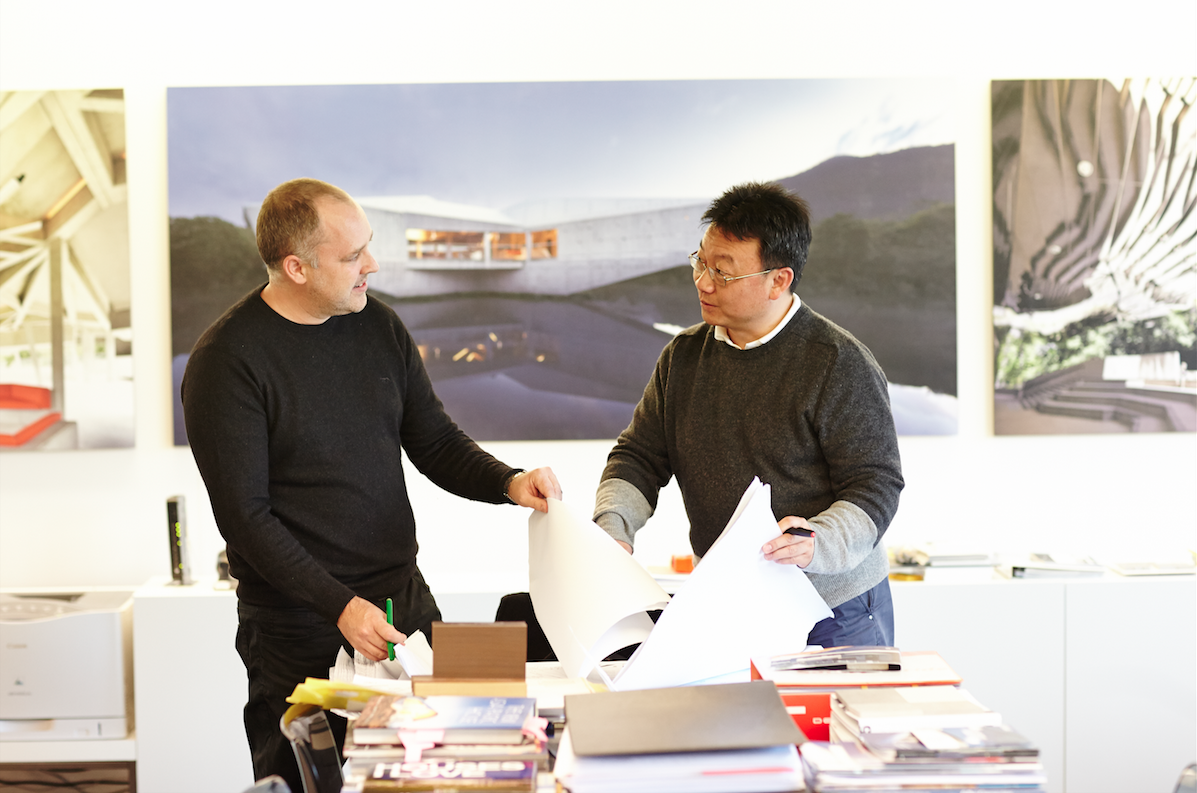
When it comes to the basic administration though, Wright takes care of most of the heavy lifting on his own. He puts the breakdown of his time at 50/50 for designing and the actual running of the business. Unusually, he’s happy about that. “I love every aspect of being an architect,” he says, “and being an architect in your own business means running a business.
“I don’t actually consider the two things as totally separate,” he adds. “One informs the other, directly or indirectly.”
But how did he learn the specific skills needed for the administrative side of running a practice? Especially considering his original training was in fine art, which is hardly a traditional path to economic success.
“Initially, I relied on good advice from a range of professionals to assist in setting up the systems and procedures,” he explains. “However, the vast majority has been learned ‘on the fly’ over time.”
Sometimes that even means picking up tips from his actual clients, many of them being leaders in their fields. “I’ve learned a lot from the many in-depth business discussions over the past 12 years or so. Clearly their businesses are in different and varied sectors; however, overall strategic business principles can be similarly applied.”
This ‘learning and listening’ ties in with his recommendations for the skills you need to be an effective company head.
“Be a good listener, with humility,” he says. “This way you’re in a better position to develop trust with staff and clients alike.”
That’s not all…
“You have to be a strategic thinker most critically. You also need to be client focused and have the ability to communicate clearly. Flexibility is key, however. You need to be flexible but firm – to know when to be resolute and pragmatic.”
It’s clearly working for him. Despite the fluctuations in the market, CWA has thrived in a variety of different areas. “We are unique as a relatively small firm to have successfully delivered projects ranging from cultural, to health, education, research, multi-residential and residential,” he says, in stark contrast to some boutique firms that advocate finding your niche and sticking to it.
If the proof of the pudding is in the eating, then the validation of Wright’s approach is the recognition the practice’s work has received, the most recent notable example being the inaugural Educational Architecture Jennifer Taylor Award for the TAS Science Facility (see page 36).
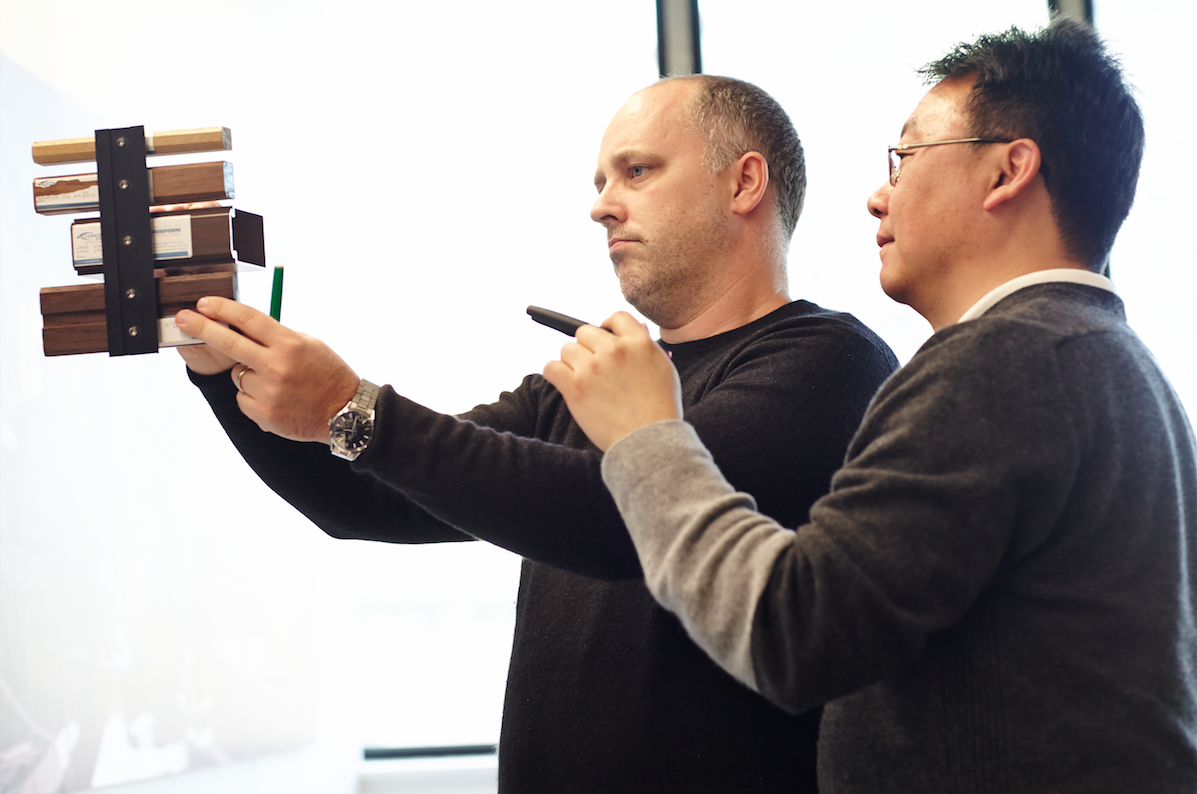
“We are thrilled to have won such recognition for a project where we have attempted to innovate within building typology,” he says. “Winning such awards gives the practice credibility and encourages us to keep striving to push hard with the things we think matter.”
Such as? Sustainability for one. Like many, Wright has strong opinions on the most pressing issues ahead for the profession.
“The biggest challenge we face is the impact of increasing density of population in our cities in an era of climate change,” he says. “Sustainable building practices are in a period of rapid evolution…it’s time to move beyond the checklist approach and tackle the issue head-on. There is no excuse not to, as all the science already exists. We have the tools and there are thousands of good examples. We have a professional responsibility to build things well and make them last.”
And if he were starting a business in the current economic and political climate – would he do anything differently? “Not really,” he says, “but I would probably jump straight into competitions and tendering on larger-scale projects from the outset.”
Written by Madeleine Swain.
This article originally appeared in AR148. Get your subscription to AR magazine online or by calling 1800 804 160.
You Might also Like
